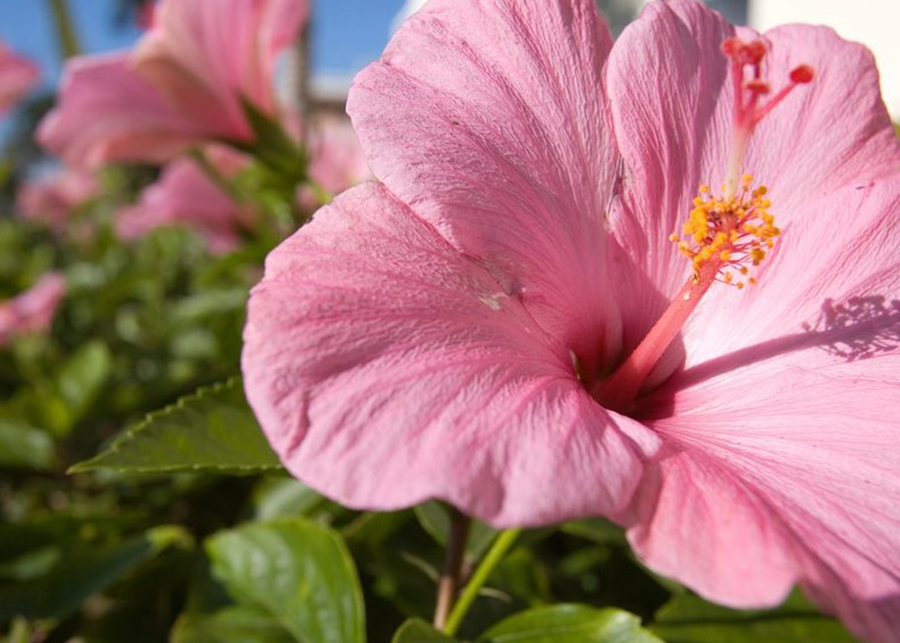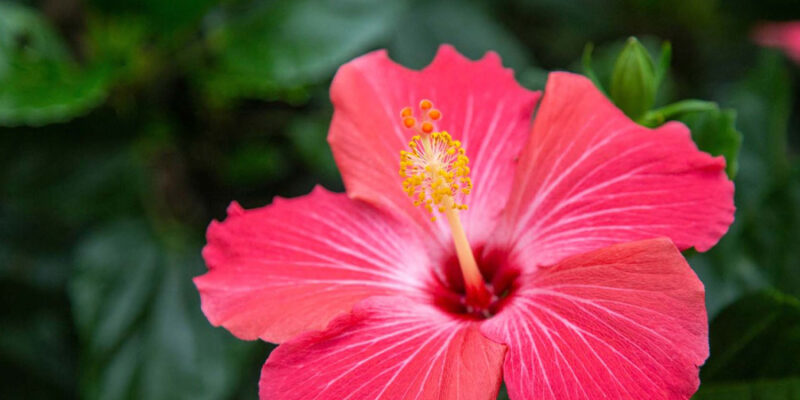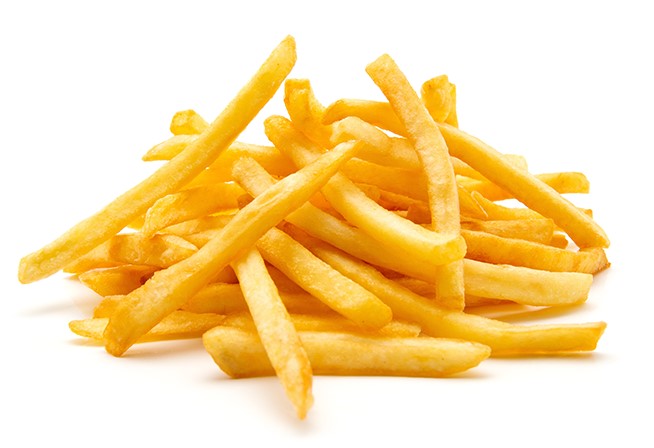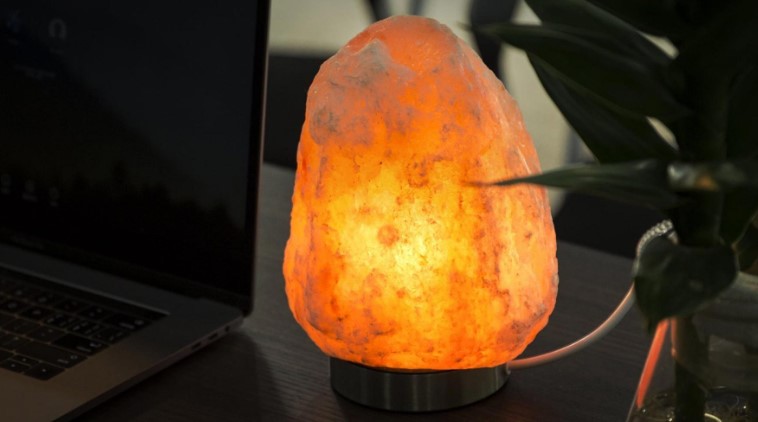Hibiscus is an evergreen shrub or small tree that grows from three to 15 feet high and wide. It is a popular garden plant grown for its showy flowers in red, pink, yellow and orange.
Hibiscus is a tropical plant that is widely grown as an ornamental. It grows from a few feet tall to more than six feet tall, and is a good choice for a container garden. The flowers can be red, white, or pink, depending on the cultivar. There are also dwarf varieties available.
Hibuscus Flower Care
Caring for hibiscus plants is a joyful endeavor, as these vibrant flowers are often associated with happiness. Here’s a guide to ensure your hibiscus blooms healthily:
Sunlight: Hibiscus plants thrive in full sun or partial shade.
Watering: They require consistent moisture, so water deeply and regularly.
Soil: Well-drained, fertile, moist, loamy soil is ideal, with a slight preference for acidic pH.
Temperature: Keep them in temperatures between 60°F and 90°F, especially if they are outdoors.
Fertilizing: Hibiscus are heavy feeders; fertilize regularly to encourage blooming.
Pruning: To encourage rebloom, remove spent flowers or prune back by one-third after a flush of bloom.
Remember, the hibiscus flower means happiness, so by providing proper care, you’re not just nurturing a plant, but also cultivating joy in your garden
The flower of this tropical shrub grows to a diameter of about nine inches, with the petals containing pink or red centers. The plant’s parts are used to make hibiscus tea. Hibiscus sabdariffa originates in West Africa and is widely grown throughout the Caribbean and Central America.

Hibiscus can be planted directly from seed or transplanted. It is important to prepare the soil before planting the seeds. It should be well-draining. Hibiscus does not like too much water, so you should avoid watering the plant too much. Plants grown from seed tend to self-seed in the first year.
Hibiscus grows best in slightly acidic soil. The pH of the soil should be in the range of 5.5 to 7.5. Plants grown from seeds tend to have different traits from the parent plant. The soil pH can be adjusted by adding peat moss or potting soil. Plants can also be brought indoors for the winter.
Hibiscus is an attractive plant that has many uses. It has bright, long -lasting flowers. Its dark-green foliage complements its flowers, and it adds an exotic flair to any space. It can grow up to 5 feet tall in the landscape, but is easier to grow in containers. It can be trained into a tree shape.
Hibiscus needs regular feeding to grow properly. Hibiscus grows best when it is evenly moist. Use a quality plant food containing nutrients such as manganese, iron, copper, and manganese. Make sure the potting mix contains good drainage. When buying plant food, look for one with a time-release fertilizer to make sure your hibiscus has all the nutrients it needs.
Although hibiscus is a low- maintenance plant, it requires proper care. If you notice leaves turning yellow, you should move the plant indoors. This could mean it needs to be re-potted or fertilized. It can also be affected by extreme heat, which will lead to bud drop. Keep in mind that the ideal temperature for hibiscus is 65 degrees Fahrenheit. Pests are common and can be controlled by spraying the leaves with water.

After planting, hibiscus should be watered thoroughly every few days. In the first growing season, watering is necessary twice a week. During the second and third growing seasons, watering once a week is enough. Don’t overwater it, though. It will freeze back to the ground in the winter.
Hibiscus trees aren’t especially prone to pests, but there are a few things to keep in mind when planting them. The first is to remove any debris that may get into the roots of the hibiscus. Pests such as Japanese beetles and aphids can damage the plant, so be sure to remove them promptly. If you can’t get rid of them yourself, try to use a spray that has insecticidal properties.
Hibiscus Care Result
Hibiscus care is fairly simple, and the flowers are sure to make your garden a beautiful place. If you’re thinking of growing hibiscus, or you already have it growing in your yard and are looking for tips and ideas on how to improve the care of your plant, this article is for you.









